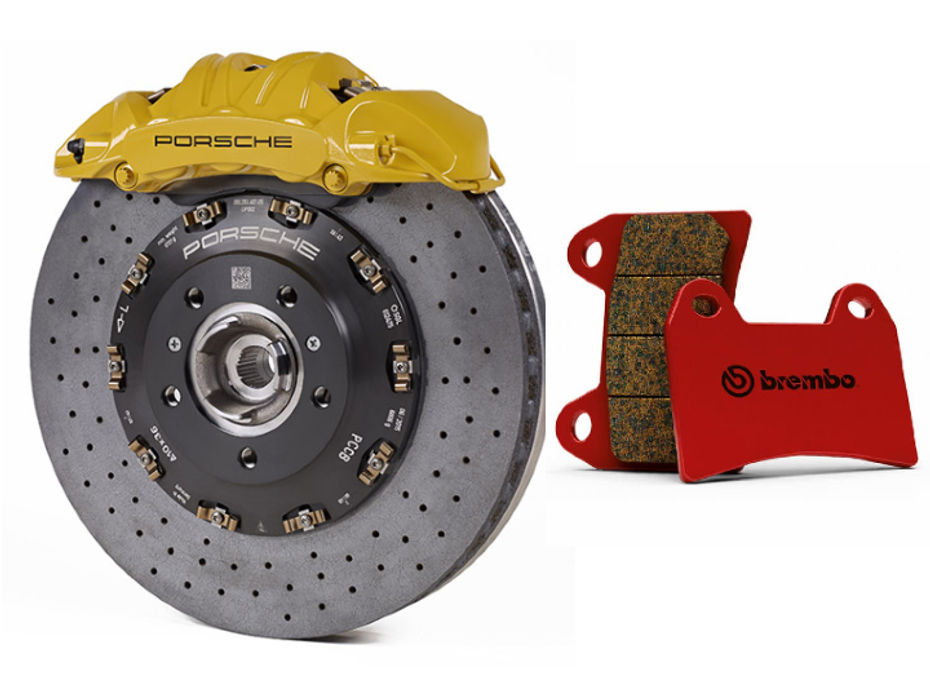
The braking system is among the most important parts of any automobile, if not the most important. On the road, being able to stop in time during an emergency can be the difference between a close call and an accident; and on track, unless you have confidence in the vehicle’s ability to decelerate quickly, you’re never going to use all the potential of the engine, even if it is a fire-breathing 200PS superbike. All this means the choice of braking components is extremely crucial, so we’re going to help you out by breaking down the various options.
There are two consumable parts in the braking system and these are the two parts that rub against each other to slow the vehicle down: the brake disc(s) and brake pads. Both can be constructed from different materials using different processes, and each method has its advantages and shortcomings. So let’s dive in.
Brake Pads
The brake pads are housed in the brake calipers, and when you apply pressure at the brake lever, these pads are pressed against the spinning brake discs to slow the vehicle down. To know more about brake calipers, their working and the different types available, head here.
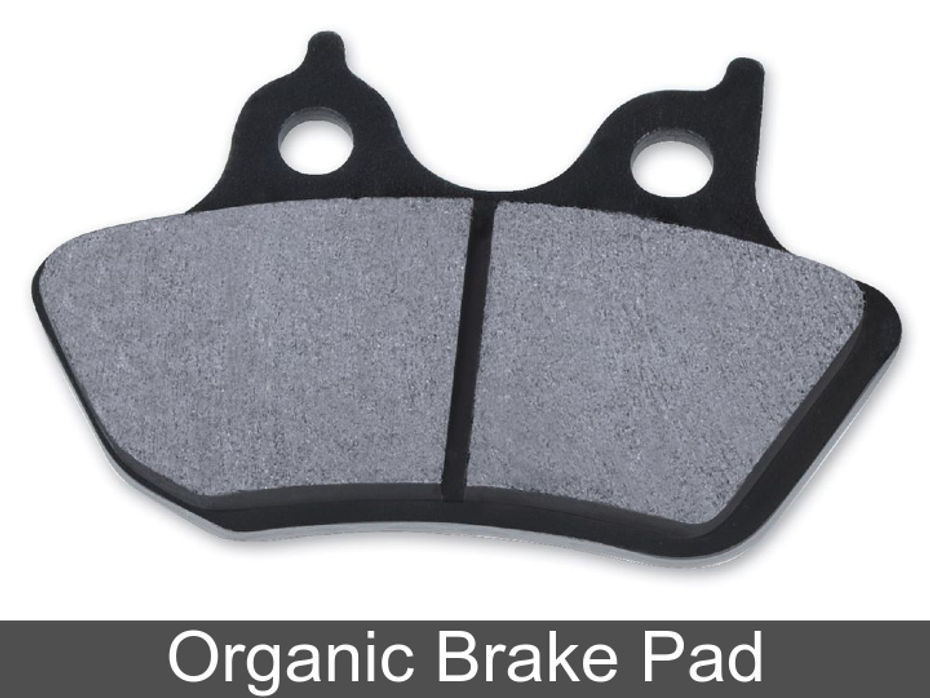
- Organic: Early brake pads were constructed from asbestos since its wear properties and heat conductivity characteristics made it well suited to the role. However, with the determination that prolonged exposure to it can cause cancer, asbestos has been phased out as a brake pad material. Modern-day organic pads (NAO or non-asbestos organic pads) are constructed from a mixture of materials such as rubber, carbon compounds, fibreglass and Kevlar, to name a few. All these are held together by a resin and attached to a backing plate.
Their biggest advantage is that they offer adequate performance at low cost. Organic pads have decent friction properties and work well even at lower temperatures (they do not require any significant warm-up time). Other advantages include low amounts of brake dust, quiet operation, and they’re easy on the brake discs.
While organic pads are fine for everyday vehicles in commuting roles, they have some downfalls when things start to heat up (quite literally). At higher temperatures, the resin holding everything together can begin to partially decompose, resulting in a spongy or squishy feel at the brake lever, and reduced stopping power. Due to their soft and compressible nature (which is what makes them easy on the discs), they also tend to wear away quite quickly if used hard.
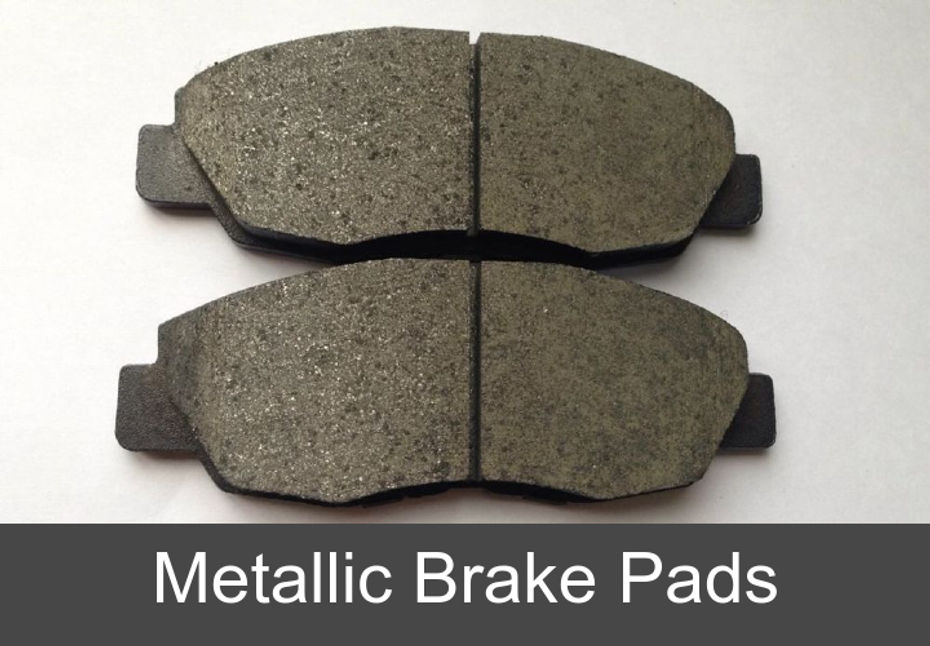
- Semi-metallic: Semi-metallic brake pads (also referred to as just metallic brake pads) are constructed from a combination of both synthetics (like graphite lubricant) and metals (like copper, iron and steel) to form a compound that is a predominantly metallic hybrid. All the constituents are held together either by an organic resin or through a process called sintering, where they are compacted together at high temperatures and pressures to form a single solid mass.
Most performance-oriented vehicles today come equipped with semi-metallic brake pads owing to their high friction properties (once up to temperature) and good heat and wear resistance characteristics. Sintered metallic pads can pack in a higher concentration of metallic compounds making them even more resistant to wear. This makes them suitable for performance cars and heavy vehicles that constantly need large braking forces and low rates of wear.
On the downside, these pads require a little more temperature in them to work optimally, meaning a little bit of warm-up time is required, and they also wear out the brake discs faster than organic pads. Needless to say, metallic pads are more expensive than organic pads due to the materials and processes used, and they also tend to be noisier when applied.
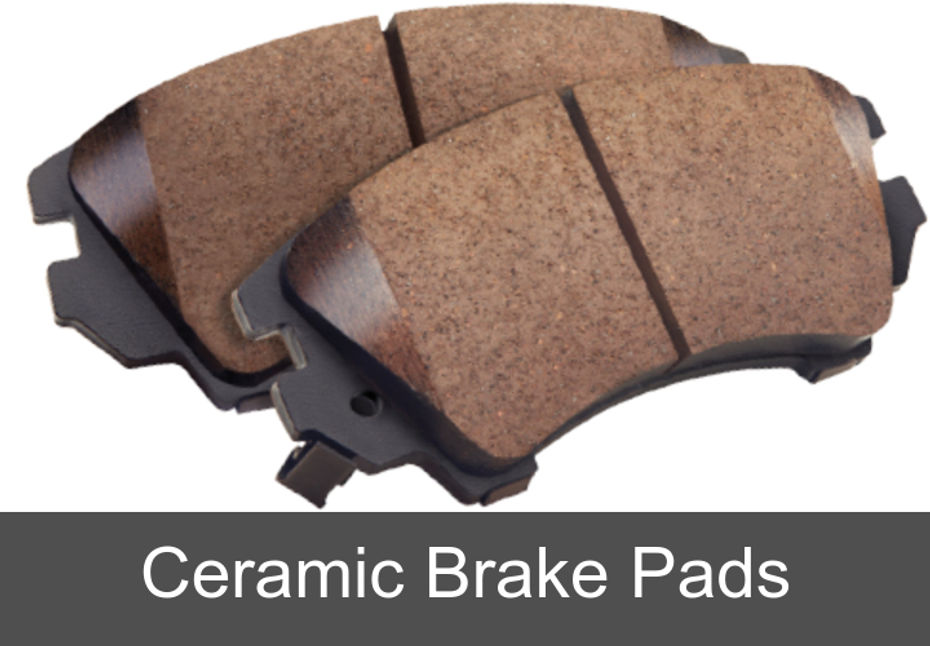
Get latest updates on
the automobile community
Login Now
- Ceramic: Metallic pads may be able to handle heat better than organic ones, but when it comes to the crucible of motor racing, even they fall short. The excessively high braking loads being repeated frequently and over a long duration can result in overheating and brake fade with metallic pads. This is where ceramic pads come into the picture. As the name suggests, they’re constructed from a ceramic compound but with tiny metal fibres embedded within.
Besides excellent friction properties, this material also gives the pads very high thermal conductivity, meaning they can absorb and dissipate heat very quickly. This property makes them extremely well suited to severe applications like motor racing, and they’re also used in extremely high-performance supercars/hypercars.
Unfortunately, while the high thermal conductivity means they can dissipate heat quickly on the racetrack, it also means they’re quite difficult to warm up initially, especially when ambient temperatures are cold. This, coupled with their astronomically high prices, means they’re reserved only for the small pocket of the automotive world where their investment is justified.
Also Read: What Is Ram Air And How Does It Help?
Brake Discs/Rotors
The brake discs or rotors are an important part of the braking system because these are what actually spin along with the wheels of the vehicle, so by pressing against them and slowing down their spin, we decelerate the vehicle as a whole. Rotors are available in various shapes and sizes, and also a couple of different materials, so let’s take a closer look. First up, we’ll tackle the various shapes and forms:
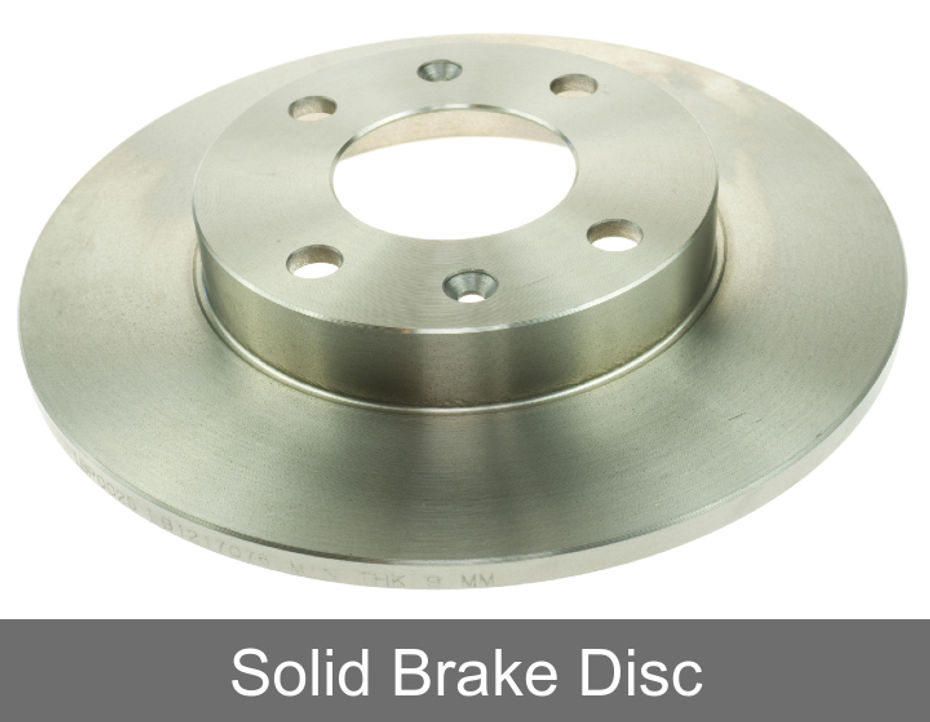
- Solid/Flat: This is the simplest form of brake rotors, and it is, quite simply, just a disc. It’s got a flat and smooth surface on both sides which the brake pads rub against, and that’s about it. Its simplicity makes it quite cheap to manufacture, which is its biggest advantage.
But the braking system on a vehicle works by converting the kinetic energy of the moving vehicle into heat energy. This heat is created when the pads and disc rub against each other, causing a sharp increase in temperature of both components. To prevent overheating of the brake disc, it needs to be able to dissipate heat, which a solid disc doesn’t do very well. So what’s the solution, then?
- Vented: A vented disc actually looks like two discs sandwiched together with small spokes between them. These vents increase the surface area through which heat can be lost and give the heat a pathway out of the disc, keeping it nice and cool but at the cost of additional weight.
- Drilled: Another way to increase the surface area and give heat an escape route is by drilling holes through the face of the disc itself. Of course, you can’t just go drilling holes willy nilly, the designers have to make sure they’re adequately spaced out so as to not compromise the structural strength of the disc.
- Slotted: Cutting a shallow groove or slot into the face of the disc is another method of increasing the exposed surface area and therefore allowing a disc to cool more quickly.
These three methods can also be used together in various combinations, and there are discs out there that are slotted, vented AND drilled. Of course, the increased complexity of these shapes over the solid disc means that production costs are higher.
Also Read: Different Types Of Brake Calipers Explained
Next up, materials. Just like pads, there are a couple of options to choose from when it comes to what a brake disc is made of, and each one works well in different roles.
- Cast Iron: This is a material that’s readily available and therefore quite affordable, and also easy to cast and machine. For this reason, cast iron brake discs are widely used in affordable cars, but on the downside, they’re quite heavy and tend to rust if the vehicle remains unused for too long.
- Stainless Steel: These issues are addressed by stainless steel discs which are more resistant to corrosion and lighter too. This comes at the expense of… expense, since the material is more expensive than cast iron.

- Carbon Ceramics: Under high loads, iron and steel discs can overheat, which in severe cases can cause them to warp and deform. Definitely not something you want to experience. To battle this issue, high-performance applications use brake discs made from carbon ceramics. They’re formed when silicon resin is shot through with small grains of carbon fibre and moulded into the shape of a brake disc. This is what gives them their unique appearance: the chopped up grains of carbon fibre suspended in the resin.
Just like the ceramic pads, they have excellent thermal properties which allow them to withstand very high temperatures while still delivering excellent braking performance. And once again, the downside is in the form of warm-up times.
For this reason, carbon discs haven’t made their way onto road bikes yet, purely because they’re extremely difficult to heat up. MotoGP bikes are the only two-wheelers that use them, and even they sometimes use shrouds to try and trap the heat inside and prevent it from escaping. In the four-wheeled world, most supercars and hypercars offer carbon-ceramic discs, at least as an option, since the rotors aren’t as exposed to oncoming airflow as on motorcycles, and can therefore retain heat a little better.
This is also by far the most expensive material that brake discs are constructed from: a set of carbon discs on the BMW M5 will set you back by around $15,000 (Rs 11.5 lakh), while Porsche asks for around $22,000 (Rs 17 lakh) for the system on its 911 Turbo.







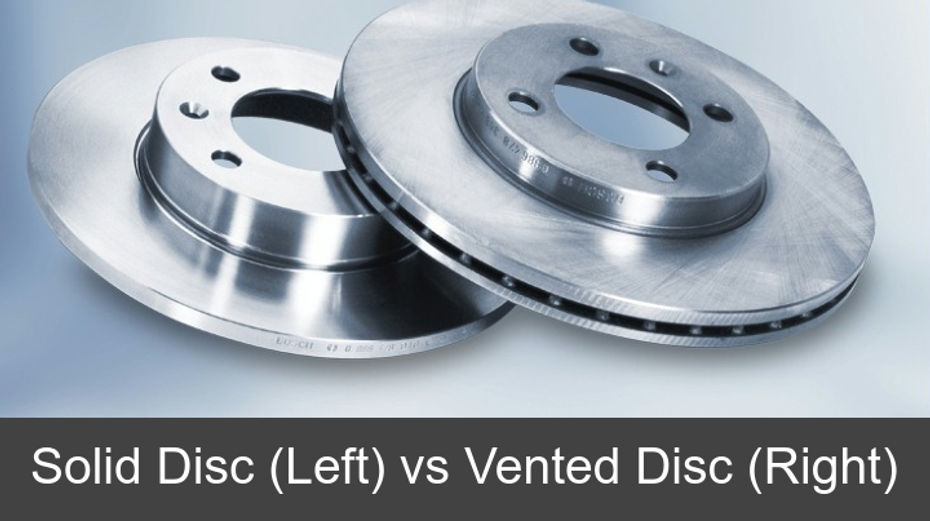
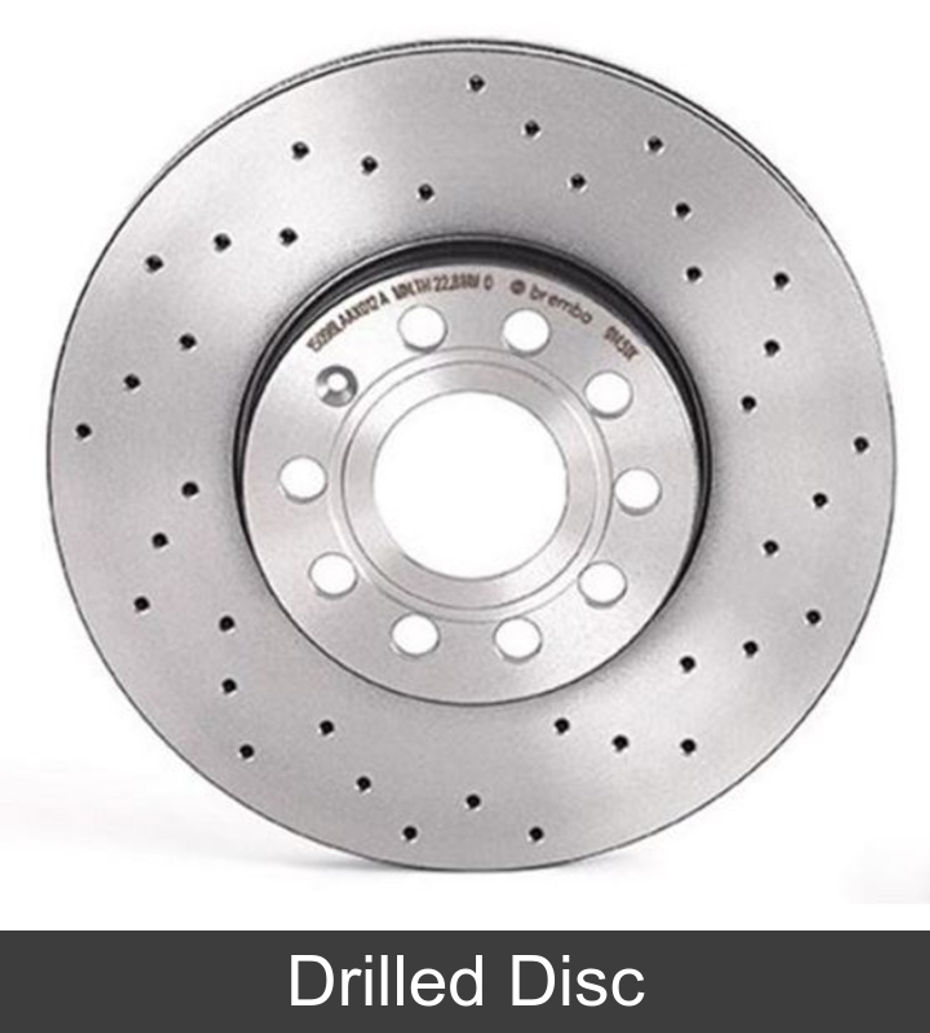

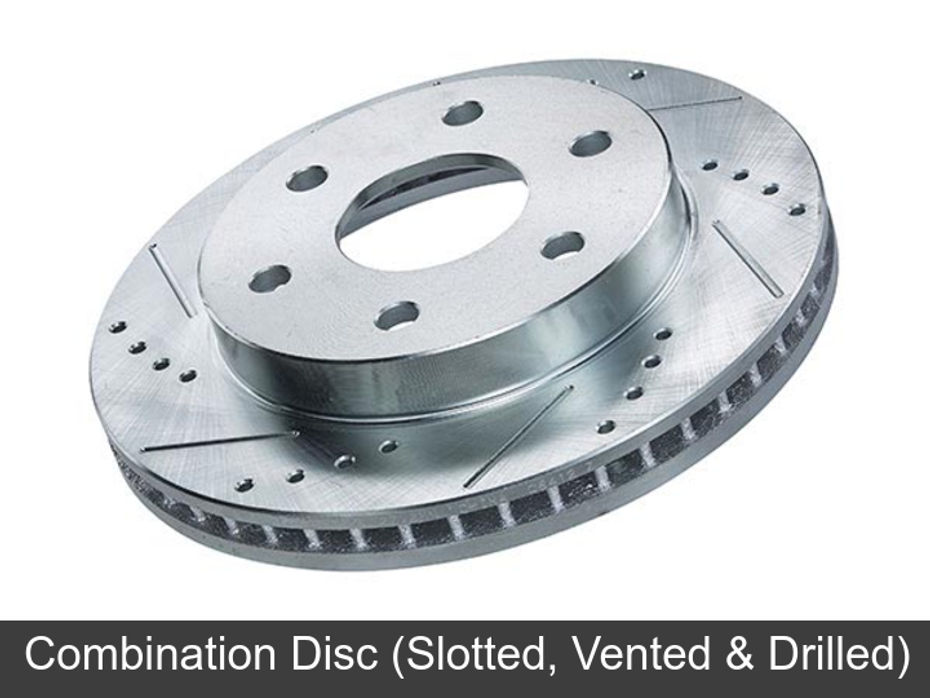



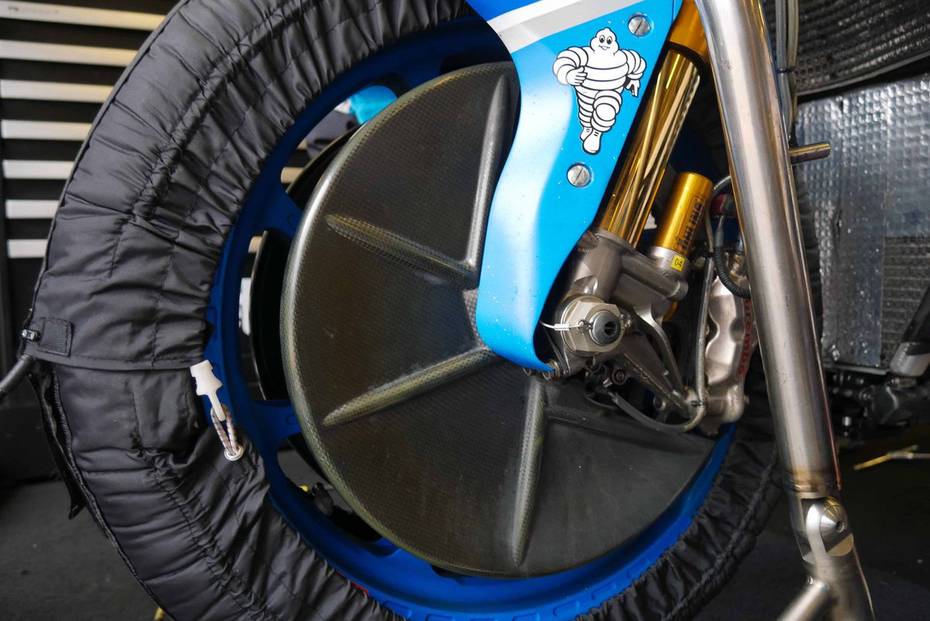
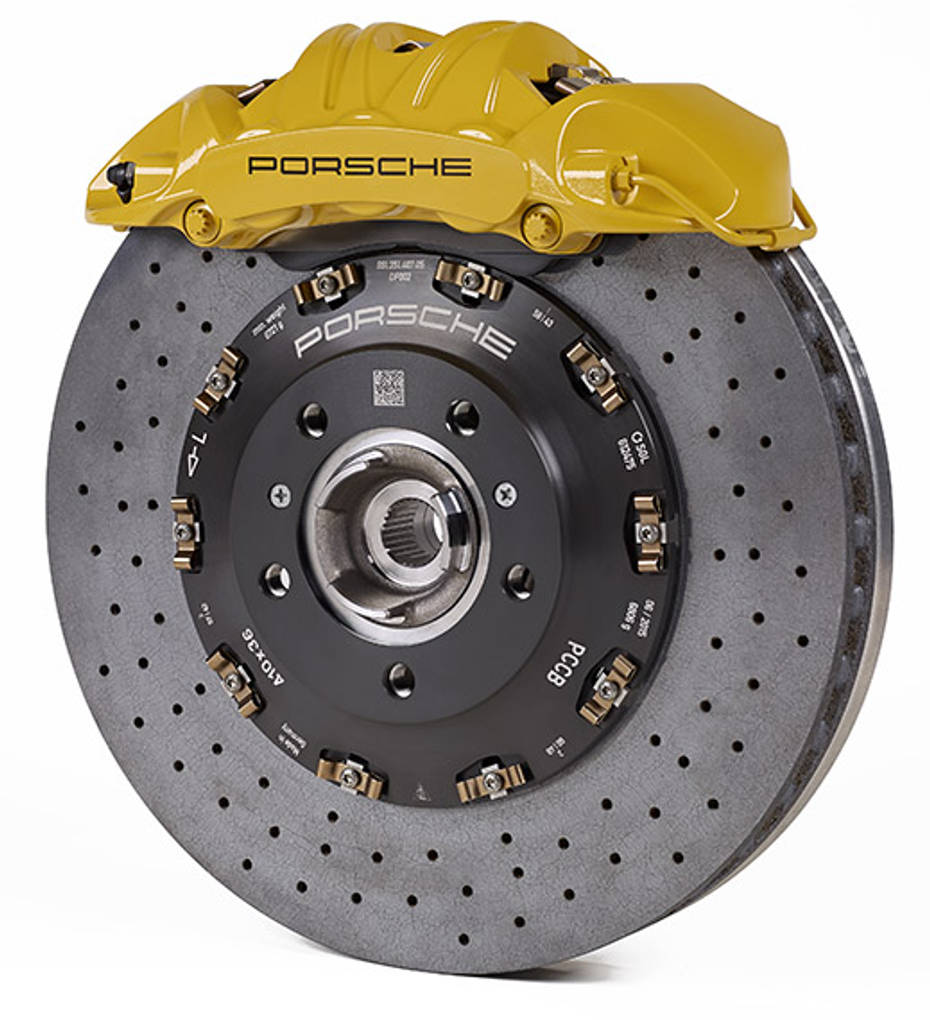










 Royal Enfield Scram 440
Rs. 2.08 Lakh
Royal Enfield Scram 440
Rs. 2.08 Lakh
 Honda Livo
Rs. 83,080
Honda Livo
Rs. 83,080
 BMW R 1300 GS Adventure
Rs. 22.95 Lakh
BMW R 1300 GS Adventure
Rs. 22.95 Lakh
 BMW S 1000 RR
Rs. 21.10 Lakh
BMW S 1000 RR
Rs. 21.10 Lakh
 Suzuki Gixxer SF 250 Flex Fuel
Rs. 2.16 Lakh
Suzuki Gixxer SF 250 Flex Fuel
Rs. 2.16 Lakh